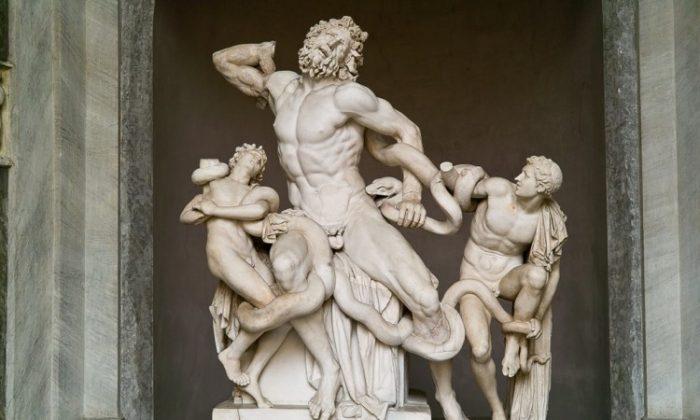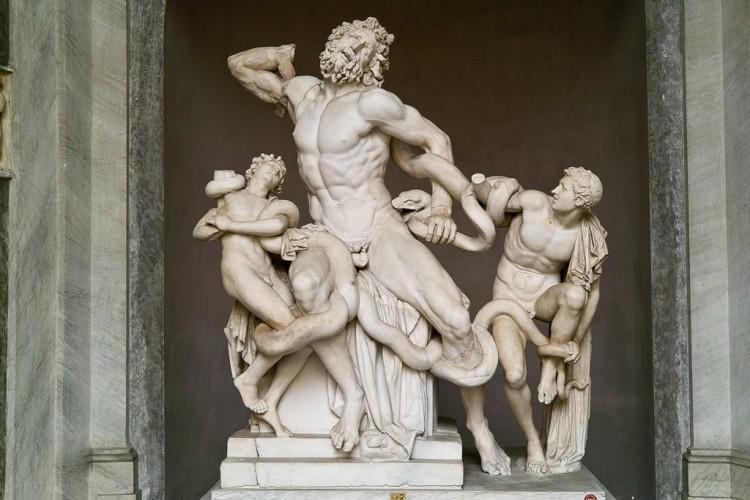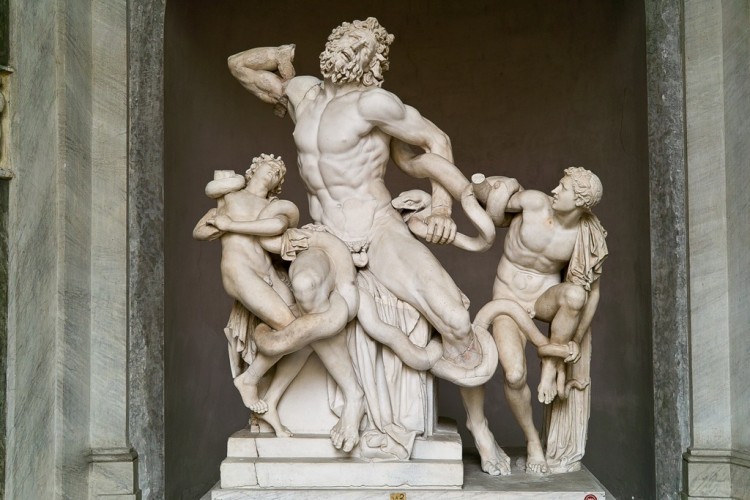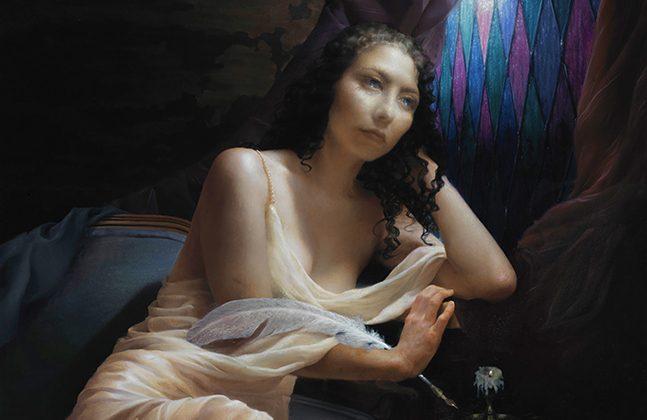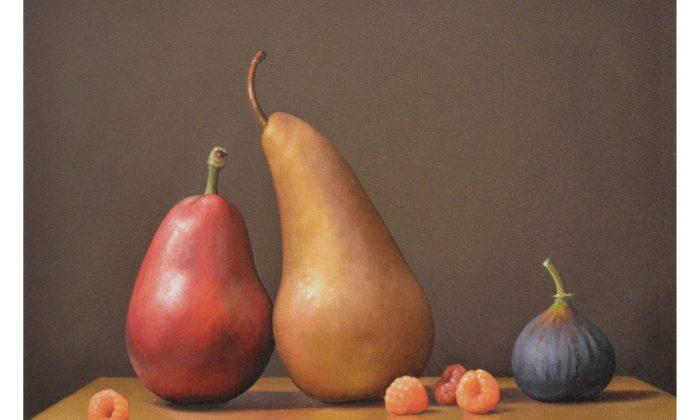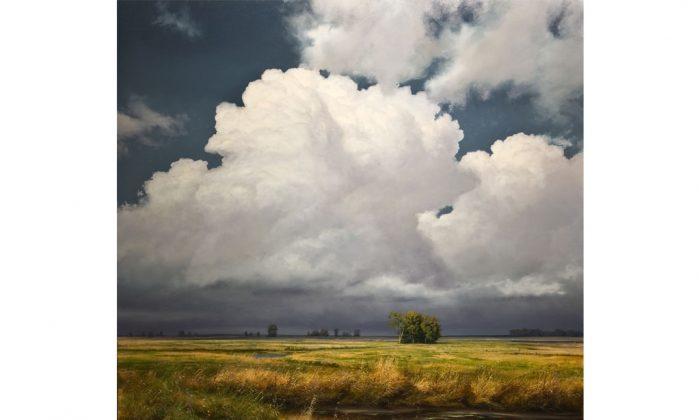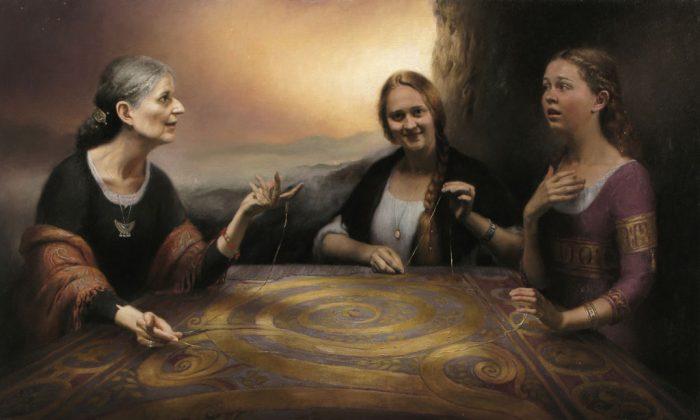“The road to hell is paved with good intentions” is a common expression. Having good intentions is, of course, better than harboring malicious ones, but who hasn’t caused a mess at one point in their life, despite their good intentions? Good intentions don’t always yield good results, nor are they necessarily truly good.
What is the story behind this sculpture? After years of war, the Greeks came up with the cunning plan to hide their troops in a huge wooden horse outside Troy and had Sinon, a Greek spy, convince the Trojans that the horse had magical powers.
The suspicious Trojan priest Laocoön, however, tried his utmost to persuade his fellow citizens to burn the horse. Suddenly he was struck with blindness. As he continued to try to persuade his brethren, one of the Greek gods (according to different versions of the story, this deity could be either Athena, Apollo, or Poseidon) summoned a handful of deadly sea serpents to devour Laocoön and his two sons.
Thus, Heaven’s will decreed that the Trojans would be defeated. What seemed the right thing for Laocoön to do wasn’t what history wanted or needed to happen. Yet he meant so well.
This large statue depicting Laocoön and his sons dates back to the first century B.C. and was excavated in Rome in 1506. Roman author Pliny the Elder attributes the statue to three sculptors from the island of Rhodes: Agesander, Athenodoros, and Polydorus. It has been copied numerous times and has been in the possession of the Vatican Museums since 1816.
Looking at the helpless trio in their death throes, wrestling with the tentacles of their doom, I find this scene a bit disturbing, yet without overstepping the boundaries of good taste.
The whirling rhythm of limbs and serpents’ bodies has our eyes dancing about the scene and contrasts nicely with the vertical lines of the draperies, the symbol of their downfall.
Laocoön is painfully exposed on a throne of his self-inflicted doom, while his two sons, the unwilling victims of their father’s actions, look to him for help—but it’s too late.
A subject of debate about this sculpture has been the fact that while Greek literature compares Laocoön’s “horrendous cries” with the “bellowing of a wounded bull,” here he seems to be moaning rather than screaming with terror.
The most probable explanation is what 18th-century writer, philosopher, and art critic G.E. Lessing argued, namely, that portraying Laocoön with a wide-open mouth—truly bellowing—would have made the sculpture simply too painful to enjoy.
Furthermore, such a depiction would have made it hard on the viewer to experience anything beyond the horror at the surface. As it is, the statue not only grips our attention, but it also has an emotional buffer to allow us to contemplate the theme behind the image: how we sometimes get defeated—or even harm others—because of uncalled for, or unwarranted, “good” intentions.
Acting on uncalled-for good intentions is a pattern that humankind, deceived as much as ever, still hasn’t managed to outgrow, despite its dazzling scientific progress.
This is the fourth in a series of articles called “Reading Art,” in which the author explores masterful works of art throughout the ages to find what makes them extraordinary, from the obvious to the hidden.
Wim Van Aalst has a master’s degree in publicity and graphic design. He is a self-taught painter and teaches students in traditional oil painting techniques.
The Epoch Times publishes in 35 countries and in 19 languages. Subscribe to our e-newsletter.

